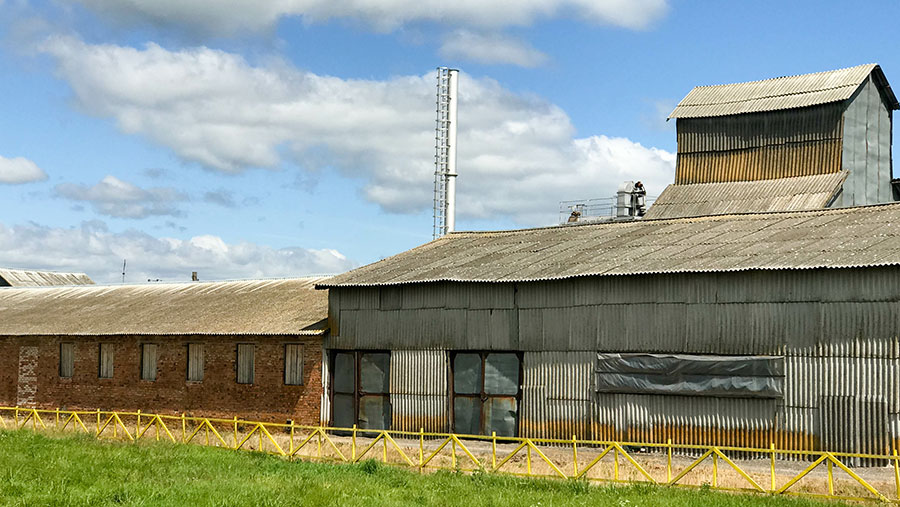Permitted development appeal opens way for new-builds
 © Bolbik/Adobe Stock
© Bolbik/Adobe Stock Landowners could unlock greater money-making potential with Class Q buildings after a key planning case set an appeal precedent.
Hannah Moule, director at the Rural Planning Co, explained that Class Q permitted development rights (PDRs) let landowners change the use of agricultural buildings to residential without requiring full planning permission.
Class Q even allows non-traditional constructions such as steel-framed or breeze block buildings to be converted to dwellings, said Ms Moule.
Some barns may offer incredible architectural opportunities to create a Grand Designs-style project that contributes to the area.
Attractive dwellings
However, others will still look like a shed even after conversion and not provide particularly attractive dwellings.
Crucially, this is where the planning case effectively “super-charged” Class Q opportunities for other landowners.
In the case, a landowner with Class Q building potential applied to build dwellings on a farm site.
Instead of converting the unattractive shed, the landowner applied to build new dwellings on the site instead.
The application was based on an area the same size as the shed and argued that new-builds would offer a more attractive outcome in the local landscape.
Initially, the case was thrown out by planners. But the landowner and advisers persisted with the argument that the application was beneficial to all, and it went to appeal.
Appeal allowed new-build
It was at appeal that planners changed their decision and permitted the new-build plots instead of the Class Q conversions.
The ruling at appeal means the case has become a precedent.
Although it is still relatively unknown, the case is now paving the way for others to follow, potentially generating much-needed capital income, said Ms Moule.
It means that in some circumstances, Class Q consent can be used as a stepping-stone to upgrade to new-build plots, on land adjacent or close to the shed itself, she said.
The Rural Planning Co has already used the precedent to successfully argue for clients who had PDRs to convert a tin shed.
The shed would have converted into three odd-looking terraced dwellings but, instead, three desirable, detached new-build plots worth £600,000 were created on land nearby, said Ms Moule.
The key was in the fact that planners felt the new housing enhanced the local area more than would have been possible under the Class Q regulations.
For landowners, new-builds can be far more saleable than a building for conversion, so the process boosted incomes.
Design must enhance
However, the situation won’t apply to all cases.
A design must be proven to be an enhancement on what already exists.
For example, a traditional stone barn is still more likely to be viewed as a better option for a Class Q building conversion than new-build plots, Ms Moule suggested.
Other normal planning issues such as scale, landscape and flood risks will also need to be considered.
Using Class Q in this way also adds another stage to the process of creating dwellings.
The Class Q conversion under PDRs could go ahead without full planning consent, although it does still require a prior notification to the local authority
The Class Q is effectively just a stepping stone allowing an application for full planning on adjacent land to be made.
